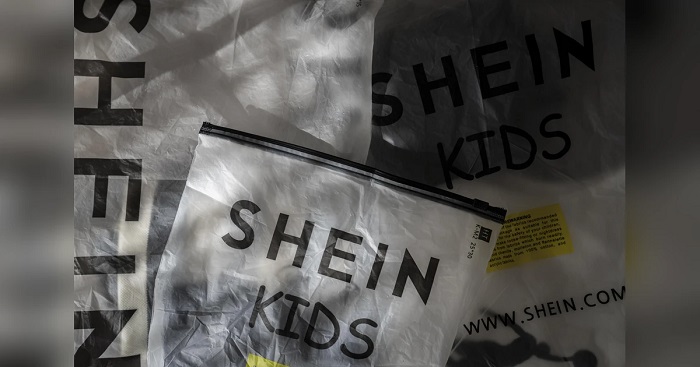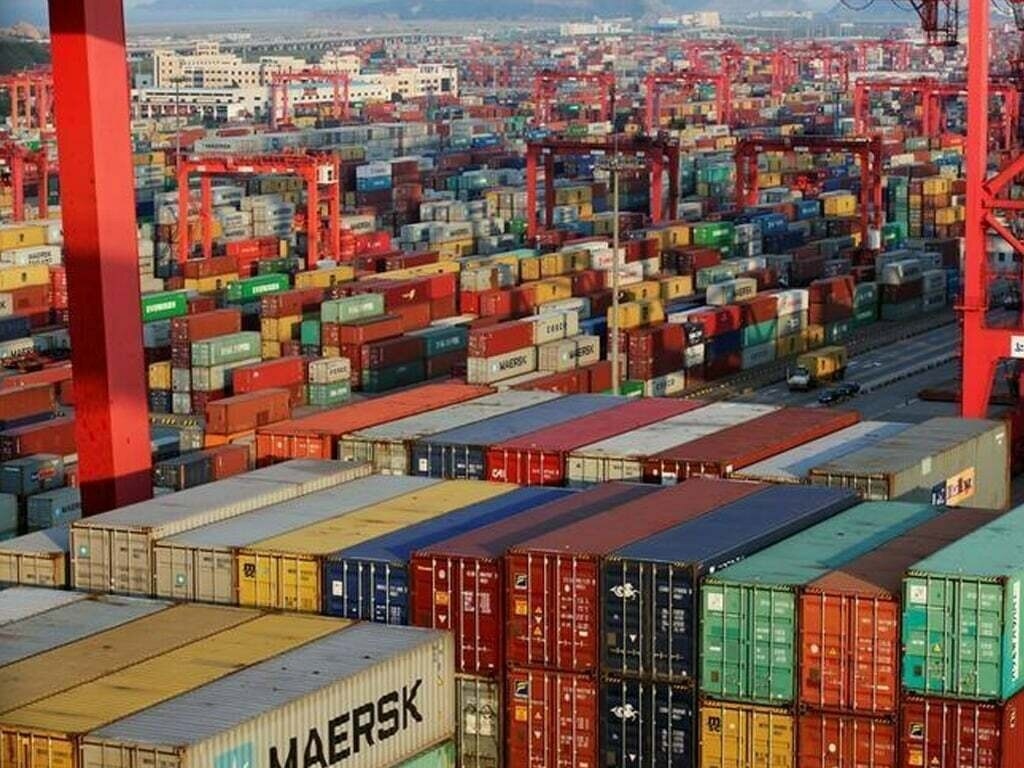Last March, the governments of the East African Community that includes Kenya, Tanzania, Uganda, Rwanda and Burundi had proposed a ban on imports of secondhand clothes to their regional trade bloc. The ban would outlaw donations of clothing from wealthier countries by 2019. The logic was that by ending the trade of used garments, the apparel industry in these countries would be revitalised, it would create jobs and help exports and bolster their economies.
Imports of secondhand clothing has been rising over the past two decades with Uganda and Tanzania witnessing a 233 per cent and 1,100 per cent growth respectively in imported worn clothing in the last 20 years. While many traders are earning a living through the sale of these donations, the governments proposing this ban argue that they will be able to create better jobs within the textile industry, more than offsetting any economic loss faced by the traders.
It seems unlikely that the ban will actually become a law. But the very fact that it exists is fascinating on several levels. Once again, we see unintended consequences of well-meaning foreign aid. In Uganda, for example, it is estimated that secondhand garments make up for 81 per cent of all clothing purchases leaving little market share for locally produced apparel. Uganda imports 1,500 tons of used clothing each year from the US alone that is just one of many countries to which the country exports used clothing. Kenya had a clothing industry that at its pinnacle employed 500,000 people and today only sustains roughly 20,000 jobs. Even if enacted, the ban won’t necessarily spur local apparel production.











